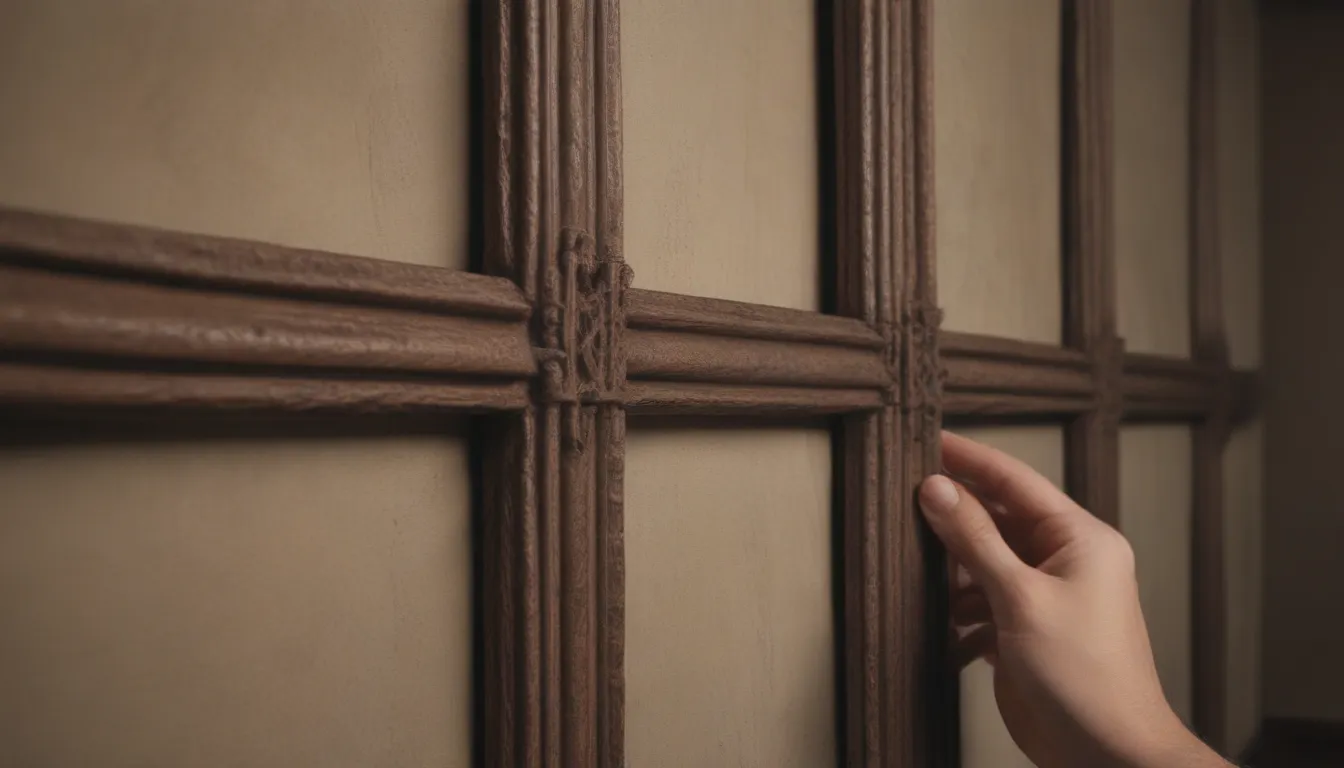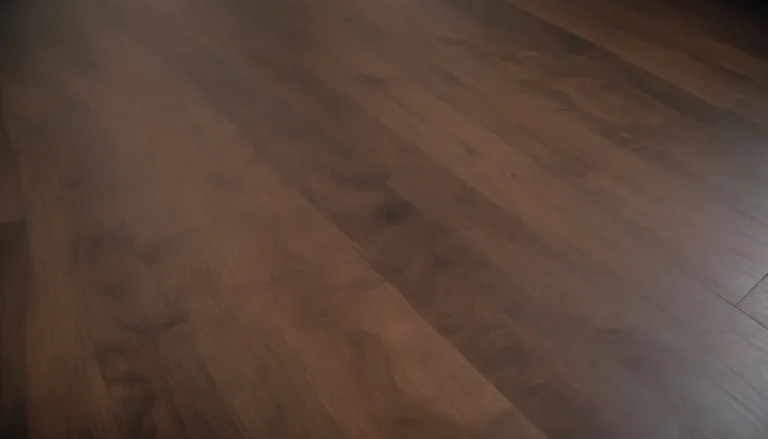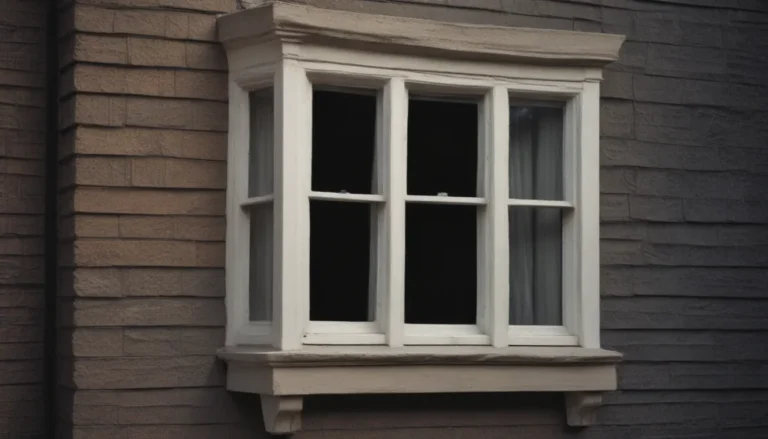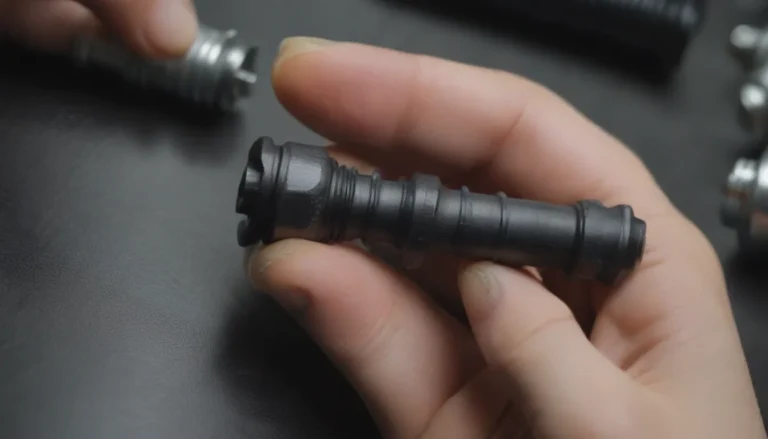The Ultimate Guide on How to Reinforce a Wall Stud by Sistering

Have you ever noticed a wall stud in your home that looks a bit worse for wear? Maybe it’s bowed, damaged, or just not as sturdy as it used to be. If so, you may need to reinforce it by sistering. Sistering a wall stud is a common technique used to strengthen a stud that has been compromised in some way. In this comprehensive guide, we will walk you through everything you need to know about reinforcing a wall stud by sistering.
What is Sistering?
A sister stud is a secondary stud that is installed alongside an existing stud. It is typically used to reinforce a stud that has been damaged or is bowing in a way that affects its load-bearing capacity. Sistering can also be done to strengthen undamaged floor joists or rafters. For example, sister joists are sometimes installed to increase the load-bearing capacity of a floor to support heavier items such as a large whirlpool tub.
Load-Bearing vs. Non-Load-Bearing Studs
Before you start sistering a wall stud, it’s crucial to determine whether the wall is load-bearing or non-load-bearing. Load-bearing walls are those that support the weight of the roof or floor above, while non-load-bearing walls are typically interior partition walls that do not bear any structural weight from above.
Non-Load-Bearing Walls
When dealing with non-load-bearing walls, sistering a stud can be a straightforward process. A length of framing lumber is simply screwed, bolted, or nailed alongside the damaged portion of the existing stud to reinforce it. Think of it as a type of splint that strengthens the weakened area. In this case, the sister stud does not need to be a full-length stud and should be anchored to the existing stud at least every 8 to 10 inches.
Load-Bearing Walls
On the other hand, sistering a load-bearing stud requires a bit more precision. Most building codes do not allow partial stud sistering for load-bearing walls. Instead, a new full stud must be installed that extends from the wall’s bottom plate to its top plate. This sister stud must be attached to both plates as well as the damaged stud to ensure structural integrity. In a load-bearing wall, the sister stud essentially replaces the damaged stud by carrying its entire load from ceiling to floor.
Tips for Reinforcing a Wall Stud by Sistering
Here are some valuable tips to keep in mind when sistering a wall stud:
-
Cut Sister Board Long Enough: Ensure that the new piece of material is long enough to extend well beyond the damaged section in both directions. Aim for about 1 to 2 feet of extension above and below the damaged area.
-
Sister One Side Only: It is not necessary to sister both sides of the stud. One side is sufficient to provide the necessary reinforcement.
-
Support Stud When Nailing: To prevent the stud from vibrating or collapsing while nailing, support it with a heavy weight on the other side. This will help control movement as you secure the sister stud in place.
-
Assess Stud for Replacement: If the damaged stud is structurally compromised or damaged beyond repair, consider removing it completely and replacing it with a new stud.
-
Install the Fire Blocking Again: If the wall contains horizontal fire-blocking within the stud cavity, remove it to accommodate a full-length sister stud. Cut and reinstall the replacement fire block after the sister stud is in place.
-
Replacing Insulation: Remove the insulation surrounding the sistered stud carefully to make room for the new stud. Cut away 1-1/2 inches from the side of the insulation to accommodate the sister stud.
-
Look For Larger Problems: Ensure that the damaged wall stud is not a symptom of a larger issue such as foundation settling, water damage, dry rot, or insect infestation. Address any underlying problems before proceeding with the sistering job.
By following these tips, you can effectively reinforce a wall stud by sistering and ensure the structural integrity of your home.
Conclusion
Sistering a wall stud is a crucial maintenance task that can help strengthen your home’s structure and prevent further damage. Whether you are dealing with a load-bearing or non-load-bearing wall, understanding how to properly sister a stud is essential for maintaining the safety and integrity of your home. By following the tips outlined in this guide, you can confidently tackle a sistering project and ensure that your walls remain sturdy and secure for years to come.





